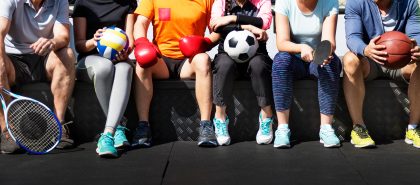This paper details the motivations, design, and analysis of a study using a fine motor skill training task in both VR and physical conditions. The objective of this between-subjects study was to (a) investigate the effectiveness of immersive virtual reality for training participants in the ‘buzz-wire’ fine motor skill task compared to physical training and (b) investigate the link between participants’ arousal with their improvements in task performance.
Physiological arousal levels in the form of electro-dermal activity (EDA) and ECG (Electrocardiogram) data were collected from 87 participants, randomly distributed across the two conditions.
Results indicated that VR training is as good as, or even slightly better than, training in physical training in improving task performance. Moreover, the participants in the VR condition reported an increase in self-efficacy and immersion, while marginally significant differences were observed in the presence and the temporal demand (retrieved from NASA-TLX measurements). Participants in the VR condition showed on average less arousal than those in the physical condition. Though correlation analyses between performance metrics and arousal levels did not depict any statistically significant results, a closer examination of EDA values revealed that participants with lower arousal levels during training, across conditions, demonstrated better improvements in performance than those with higher arousal.
These findings demonstrate the effectiveness of VR in training and the potential of using arousal and training performance data for designing adaptive VR training systems. This paper also discusses implications for researchers who consider using biosensors and VR for motor skill experiments.







